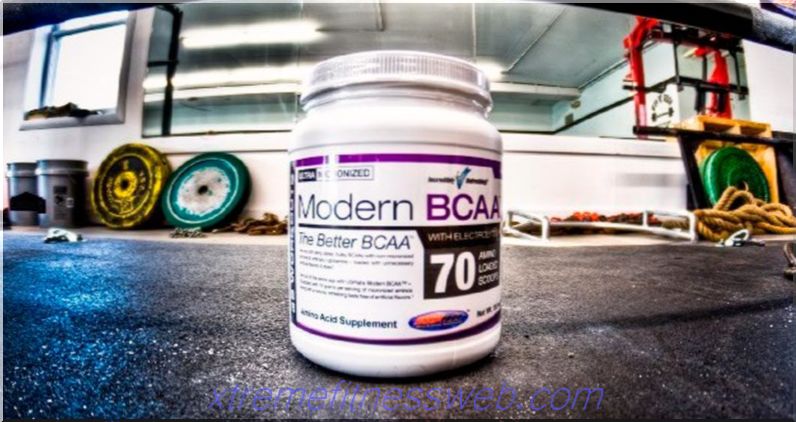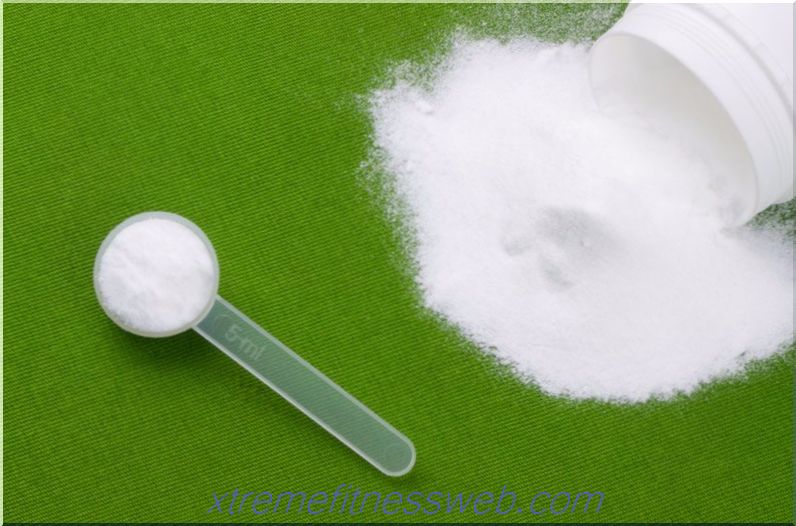- The most important foundation for a healthy diet
- Healthy fats, and not very healthy
- Bread and other familiar pleasures
- What meat is good for us
- The most harmful fats
- Vegetables - how, to whom and how much

Usually, a proper or healthy diet is understood as a special regimen of meals, and a set of products. The diet is based on cereals from whole grains, lean meat, poultry, fish, vegetables, fruits. As sources of fat - nuts and natural vegetable oils. All this - in the quantity necessary for the concrete person, and high quality. Yes, semi-finished "fish" and sausage as a substitute for meat will not work. What is ">
Content
- 1 The most important foundation for a healthy diet
- 2 Healthy fats, and not very healthy
- 3 Bread and other familiar joys
- 4 What meat is good for us
- 5 most harmful fats
- 6 Vegetables - how, to whom and how much
- 7 Glycemic index
The most important foundation for a healthy diet
Eat like a plate. Take a simple dining bowl and divide in half. Let the vegetable salad with vegetable oil dressing, or some unsweetened fruit always take half. We also divide the rest in half, and put on it a piece of meat or fish, steamed, grilled, or fried in a dry pan, and a portion of porridge. In addition to cereal, you can use bread from wholemeal flour or pasta from durum wheat. There can be 3 such receptions, the remaining 2 - snacks with fruits, vegetables, yogurt, nuts.
Healthy fats, and not very healthy
In the human diet should be only 10% of animal fats from sources such as milk, natural fat, and eggs. Everything else is healthy vegetable fats. You need to choose oils with a high content of omega-three fatty acids for your salads and vegetables. This will not only accelerate weight loss, but also serve as a prevention of heart attacks and problems with blood vessels. Sources of omega-three are fatty fish, as well as all natural nuts and seeds, linseed, sesame and olive oils.
Bread and other familiar pleasures
The problem of modern man is that he eats too little cereal in its pure form, and too much bread and sweet pastries. So we get an excess of simple carbohydrates, which are quickly absorbed, “pump” the blood sugar level, and make us feel hunger literally a couple of hours after eating food. Therefore, white flour loaves, cakes and liver should be refused, at least for the time of active weight loss. And in general, such food is not healthy. In the WHO pyramid of healthy nutrition, it occupies about 10% of the total, and should not become the basis of the diet.

What meat is good for us
Radical proponents of vegetarianism say no. Doctors are not so categorical. We still need complete proteins to recover from our workouts, to get enough amino acids for the normal functioning of the immune system. But if we do not eat chicken and fish, or lean beef, but sausage or meatballs from the frozen semi-finished products department, we get not so much animal as vegetable, soy protein. Yes, all sausages are made to be cheap. Soya mince is cheaper, therefore, we do not get what we need. In addition, semi-finished products are “charged” with a huge amount of salt and preservatives, which also somehow does not contribute to the preservation of our health.
The most harmful fats
We must clear our diet of margarine, sandwich spreads and various pastes. They contain trans fats, however, as in fast food. These fats are dangerous because they increase the level of "bad" cholesterol, and contribute to the blockage of blood vessels. And they also make us fat, because in combination with sugar they significantly increase appetite.
Vegetables - how, to whom and how much
Eat one potato and carrots "> Glycemic index
But what about sweet fruits? We are advised to limit them, as well as other sources of simple carbohydrates. After all, they increase blood sugar, cause fluctuations in appetite and contribute to ... overeating and gaining excess weight. Of course, if there are no problems with obesity, you can eat a couple of bananas, and sometimes a piece of chocolate. But those seeking to get rid of excess should choose products with a low glycemic index. These are dark cereals (buckwheat and brown rice), as well as unsweetened fruits and berries. All legumes have a low glycemic index. And if you just need to lower it in any dish, add vegetables with a lot of fiber to it, and some source of protein. So you can control your appetite, and cultivate moderation in nutrition.
The main rule of a healthy diet is its diversity. You need to pick up several types of cereals, several sources of high-grade protein, and various vegetables and fruits. From this we compose a menu for the week, cook, and carry food with us. Otherwise, monitoring the quality of food will be quite difficult. After all, in catering establishments, margarine, trans fats, and a lot of sugar for taste are often used.






